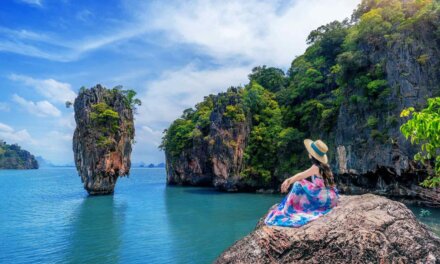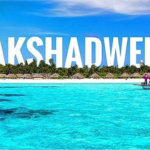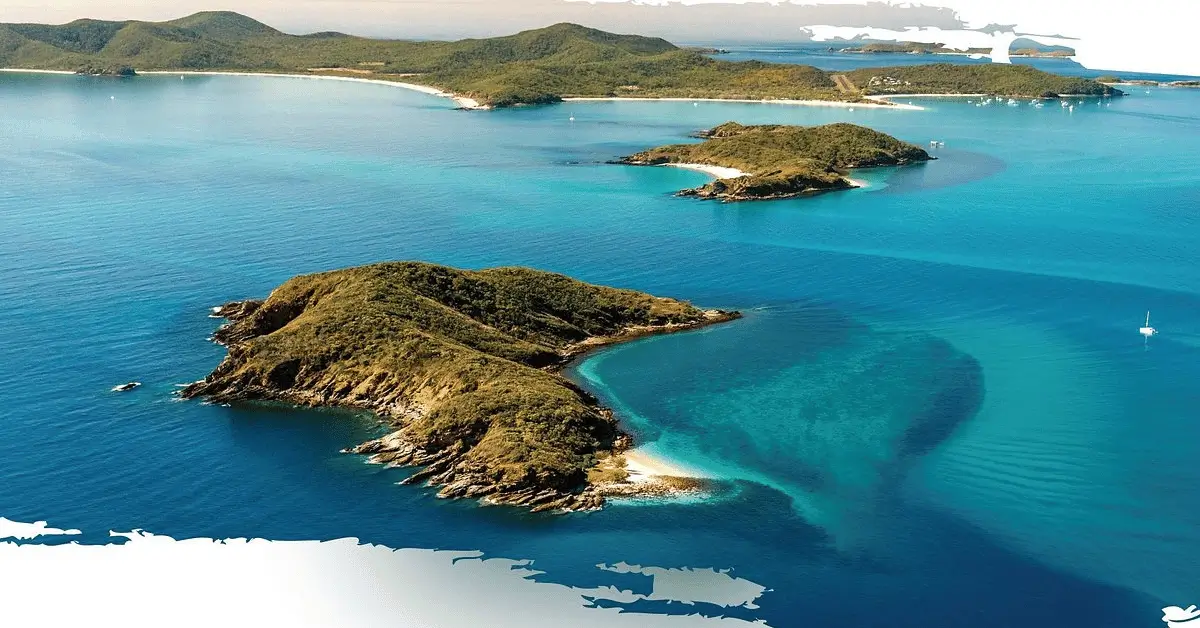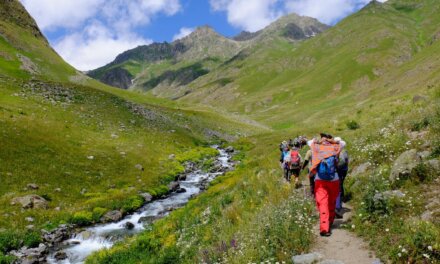
Kenya vs. Tanzania – Which is the Ultimate Safari Destination?
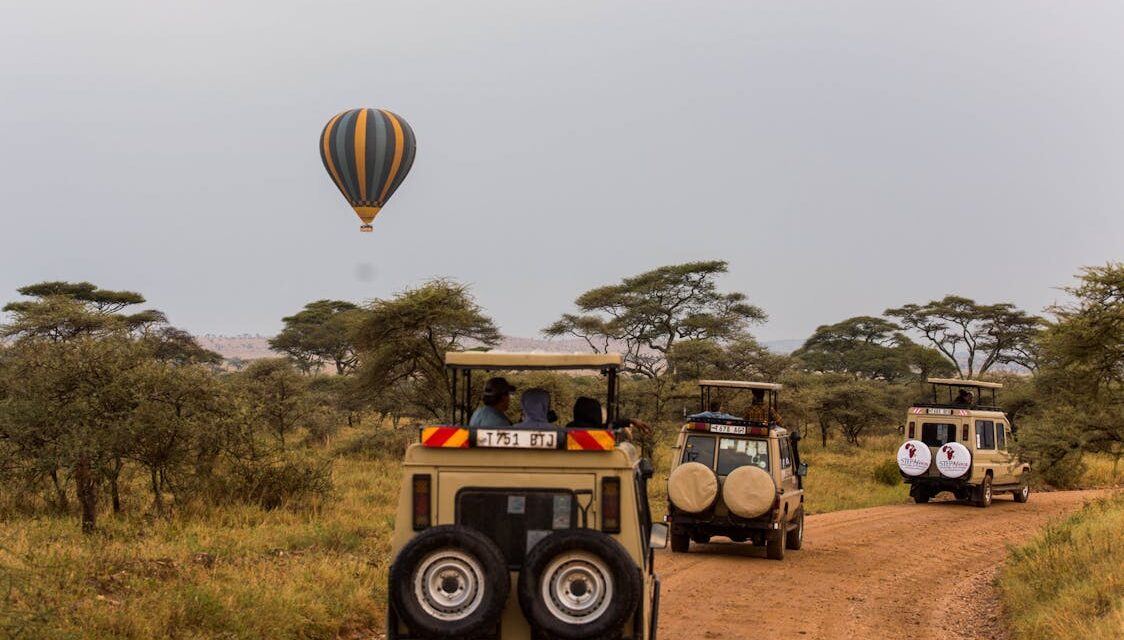
Kenya and Tanzania are two iconic African nations renowned worldwide for their unparalleled safari experiences. Both countries offer breath-taking wilderness areas teeming with diverse wildlife that can be observed in their natural habitat. While each destination offers distinctive highlights, deciding which is better suited depends on travelers’ interests and priorities. This article provides a side-by-side comparison of Kenya and Tanzania across various factors to help determine the ultimate safari choice.
A Closer Look at Kenya’s and Tanzania’s Fauna
Kenya and Tanzania boast an impressive assortment of wildlife, with over 1000 species recorded in each country. Some of Africa’s “Big Five” large mammal groups like lions, leopards, elephants, rhinos, and buffalo can be found in both nations’ parks and reserves. This poses the question – is Kenya or Tanzania better for safaris? While both offer excellent game viewing opportunities, some factors set them apart. Kenya has the highest lion population in Africa at over 3000 individuals. Its elephant numbers have also grown in recent decades to over 36,000. Birdwatchers will delight in over 1000 avian species, including massive concentrations of migratory egrets and storks.
Tanzania stands out for its highly intact wilderness corridors supporting very large animal herds. It is renowned as the best region in Africa for spotting rare black rhinos in the wild. Other unique sightings include painted dogs in Ruaha National Park or tree-climbing lions in some areas. Overall species counts in Tanzania surpass those in Kenya.
Top National Parks: Masai Mara vs. Serengeti
The Masai Mara and Serengeti National Parks rank among the world’s most celebrated wildlife sanctuaries. Spread across southern Kenya and northern Tanzania, these contiguous parks form the largest protected area in Africa.
Masai Mara receives widespread recognition as one of the best game viewing regions in Africa, with over 450 recorded mammal species and very accessible tourism infrastructure. Its open savannah provides striking vistas and easy animal visibility year-round.
However, Serengeti’s apparently endless plains remain the ultimate setting to witness the largest remaining large mammal migrations. During the rainy season, millions of wildebeests and zebras engage in a continual circuit between Tanzania’s woodlands and Kenya’s Mara Reserve, trailed by their main predators like lions and hyenas. The scope and diversity of wildlife makes Serengeti unmissable.
Witnessing Nature’s Greatest Spectacle in Both Countries
The Great Migration involves over 1.5 million wildebeests and 200,000 zebras trudging continuously between the Serengeti and Masai Mara ecosystems from around January to March, and again from June to October. This biannual natural phenomenon edges Tanzania as the prime location to view it.
In Kenya’s Masai Mara Reserve, visitors can observe the migration’s climax when herds cross the Mara River’s muddy waters between July and October. From Tanzania’s Serengeti National Park, travelers experience the migration in its entirety over huge distances without noticeable breaks in the action. The sweeping vistas and sheer scale in Serengeti make it remarkably more impressive to witness this iconic event.
Safari Accommodations
Kenya and Tanzania offer high-end lodges and tented camps immersed within stunning natural locales complemented by warm hospitality and flavorsome local cuisine. Accommodation standards are generally excellent across both countries.
Kenya’s Maasai Mara area stands out for very comfortable lodges with plush amenities nestled near riverine forests. Northern Tanzania’sSerengeti circuit also accommodates all budget ranges, from modest public campsites to lavish private concessions equaling international luxury resorts.In terms of volume and variety of options, Kenya slightly edges ahead.
However, Tanzania’s remote private camps deeper inside national parks likeSerengeti and Ruaha create an unparalleled sense of escapism amid truly untouched wilderness. Here, wildlife encounters are guaranteed close-up without vehicle obstruction. For the ultimate luxurious bush experience, Tanzania’s exclusive camps take top honors.
Seasonal Highlights and Weather Considerations
Both Kenya and Tanzania experience distinct wet and dry seasons that influence wildlife patterns and appeal for different travelers.
June to October rains replenish Tanzania’sSerengeti,perfect for spottingsocial grazing animals congregating around remaining water sources and vibrant greenery. Kenya’s Masai Mara stays busy year-round but peaks from July with wildebeest crossings.
December to April brings dry spells where animals concentrate around rivers.It remains pleasant and sunny, ideal for game drives.However, some parks close temporarily for replenishment.
January to March is one of the hottest periods temperatures reaching over 38°C so may deter.
As weather patterns become unpredictable, visiting outside traditional wet/dry seasons ensures catching wildlife activity and comfortable temperatures year-round in at least one of the destinations.
Interacting with Local Tribes in Kenya and Tanzania
Both Kenya and Tanzania offer a deeper cultural immersion beyond wildlife viewing. Maasai and Samburu tribes inhabit regions around Masai Mara and Amboseli parks providing an authentic glimpse into their semi-nomadic lifestyles.
Tanzania stands out for hosting over 120 tribes with varied traditions still prominently intact compared to urbanized Kenya. The Hadzabe hunter-gatherers of Lake Eyasi, Datoga camel herders of Mto wa Mbu, and Iraqw farmers of Karatu offer insightful cultural encounters often organized through community-run projects.
While both safari destinations deliver rich heritage insights, Tanzania’s diverse ethnic groups living more remotely provide a relatively untouched glimpse into lesser-knownAfrican peoples and landscapes.
Planning Your Budget and Travel Logistics
Overall, Tanzania tends to prove marginally cheaper across most accommodation, local transport, and activities. However, infrastructure is more developed in parts of Kenya, offsetting some costs. This lower overall cost is an important consideration for travelers planning their African Safari Cost. While budgeting is necessary, affordability should not deter from experiencing the natural and cultural wonders of these countries.
Flights access majorKenyan destinations likeNairobi and Masai Mara more directly from Europe and America. But Tanzania remains well-connected, with Kilimanjaro and Arusha international airports serving the northern circuit.
Public transportationconnects manyTanzanian parks,but certain sectionsnecessitate chartered4x4 vehicles and guides – elevating costs. Whereas game drives withinMasai Mara and surrounds can operate independently on a budget.
With advance research and flexibility,affordableitineraries can be planned for comfortable experiences in both Kenya and Tanzania.Overall, visitors should budget slightly higherforTanzania if wishing to maximize remote wilderness exposure deeper inside national parks.
Summary
While Kenya and Tanzania both offer exceptional safaris and cultural riches, Tanzania stands out as the ultimate destination for experiencing Africa’s Serengeti ecosystem and diverse tribal heritage in its most pristine form. Its more intact wilderness and remote camps provide an unparalleled sense of explorer escapism amid abundant, close-up wildlife encounters. However, both countries deserve multi-week visits to appreciate their full breadth of Safari highlights.









